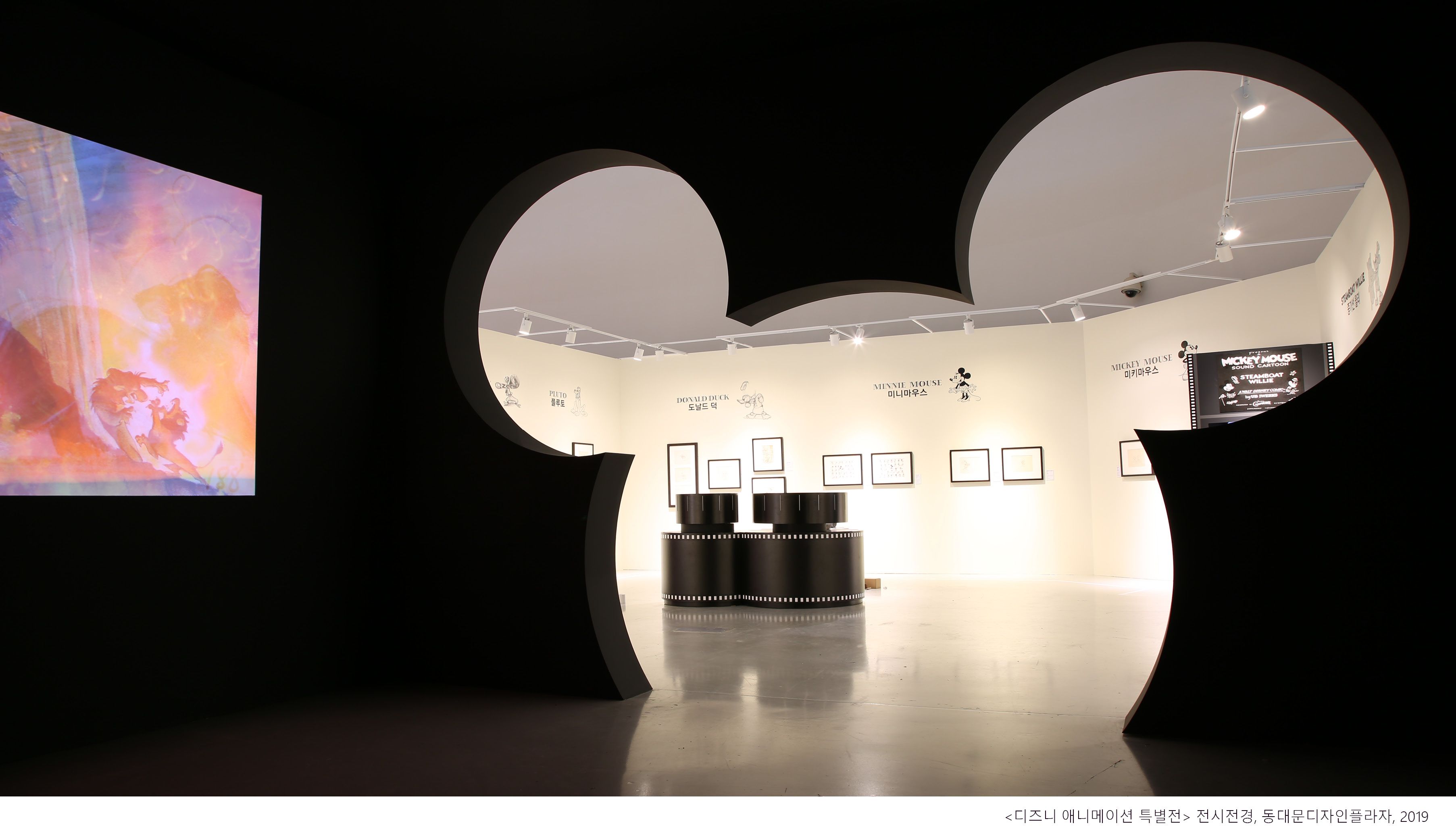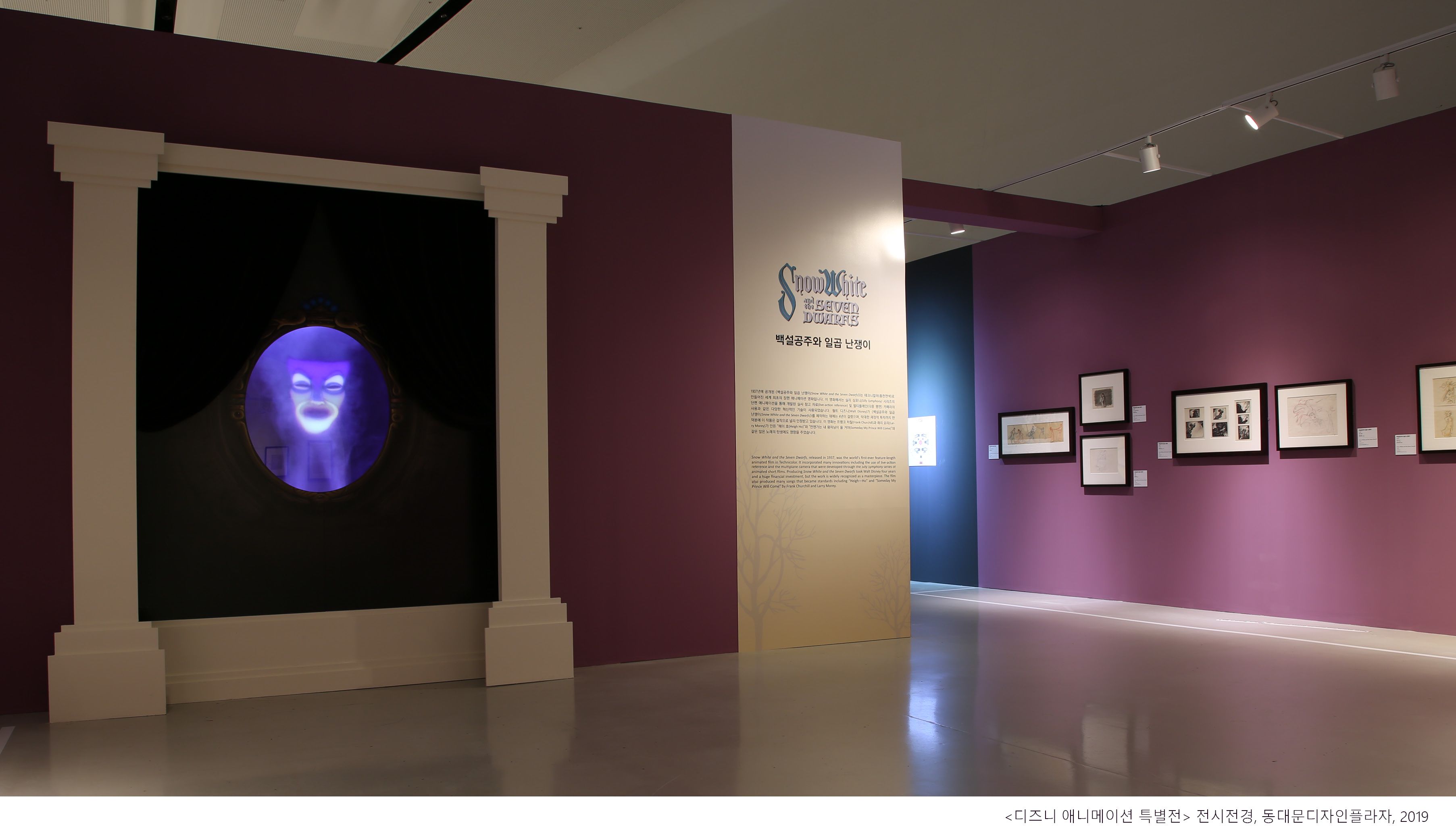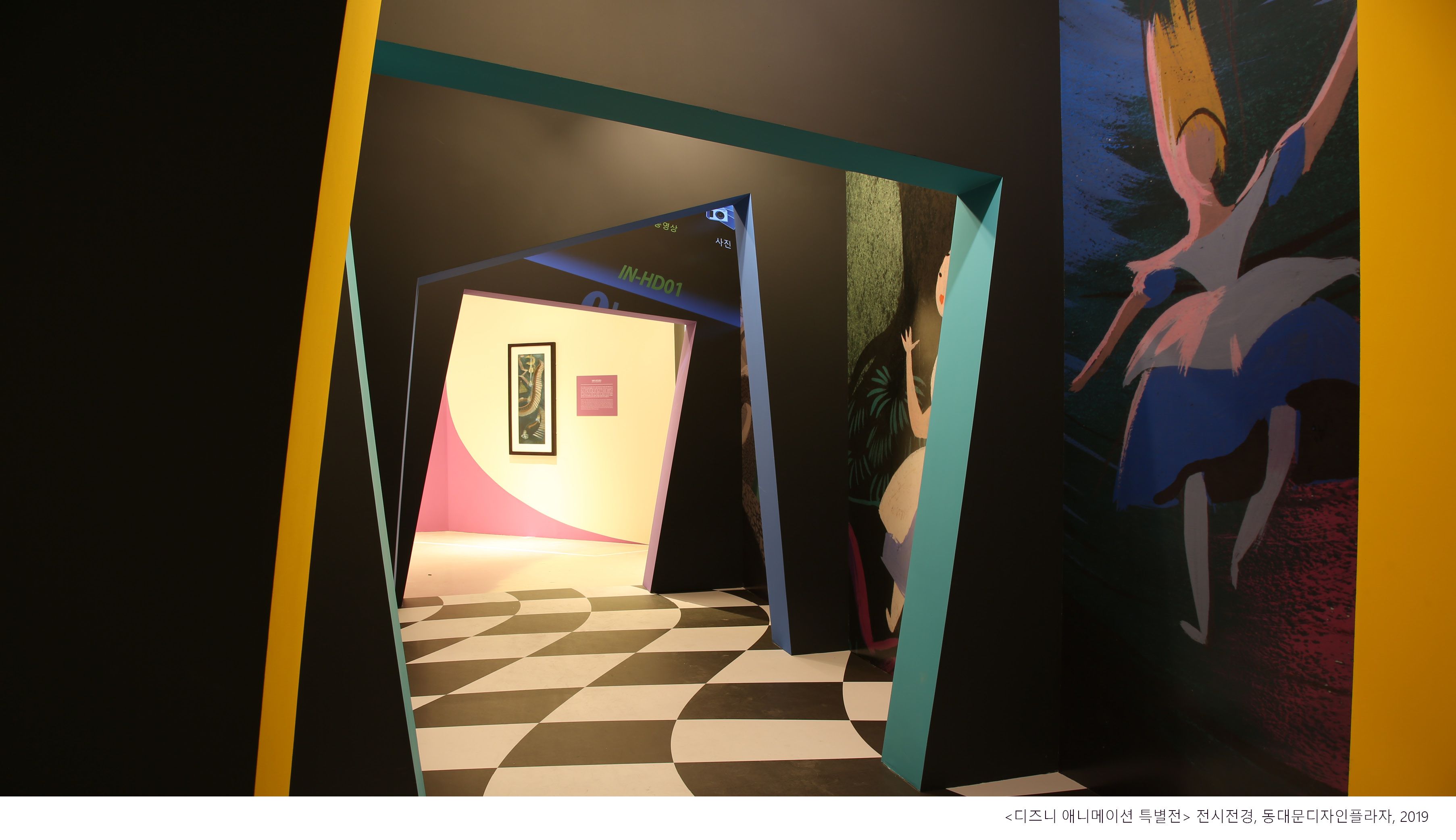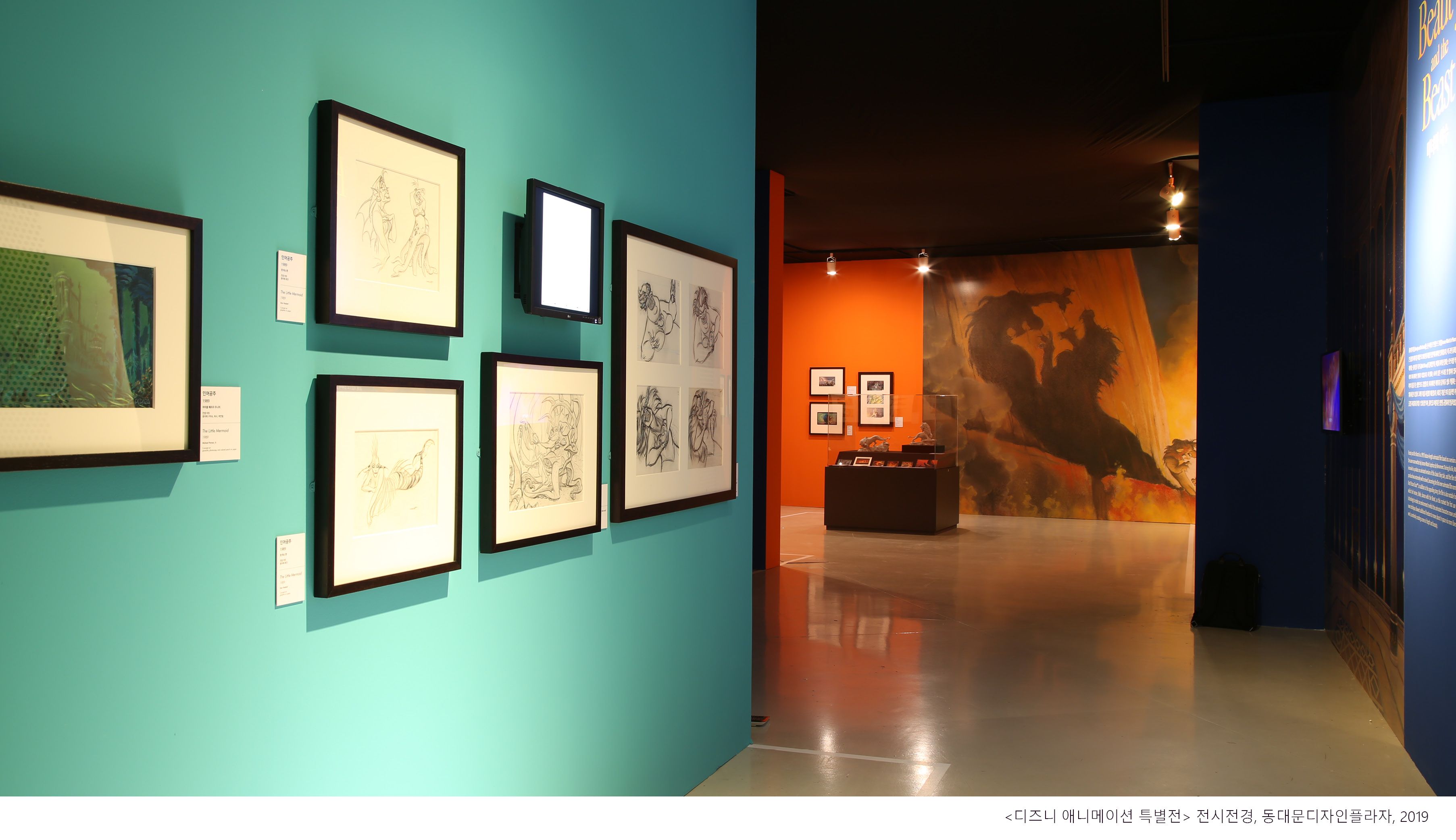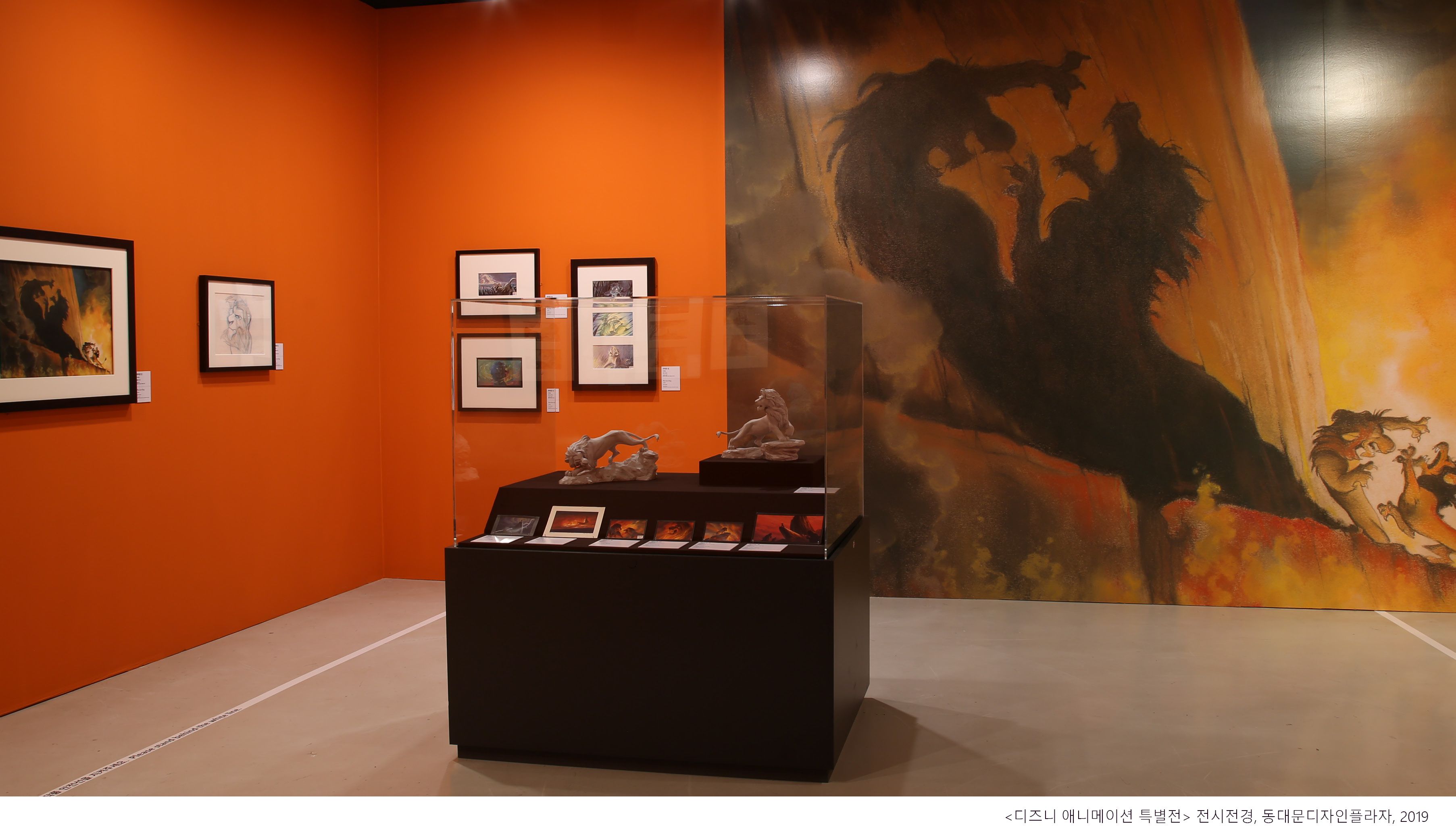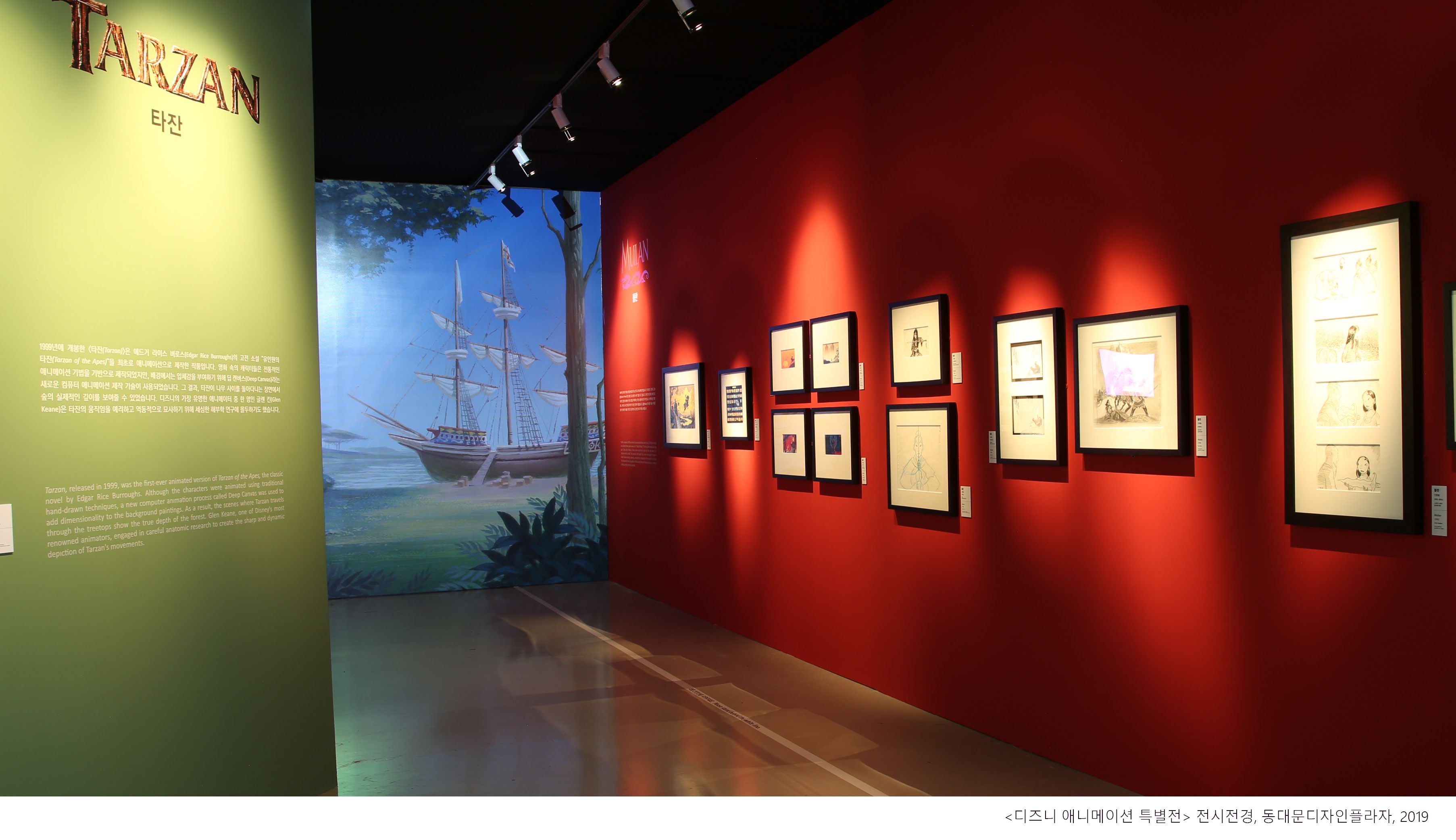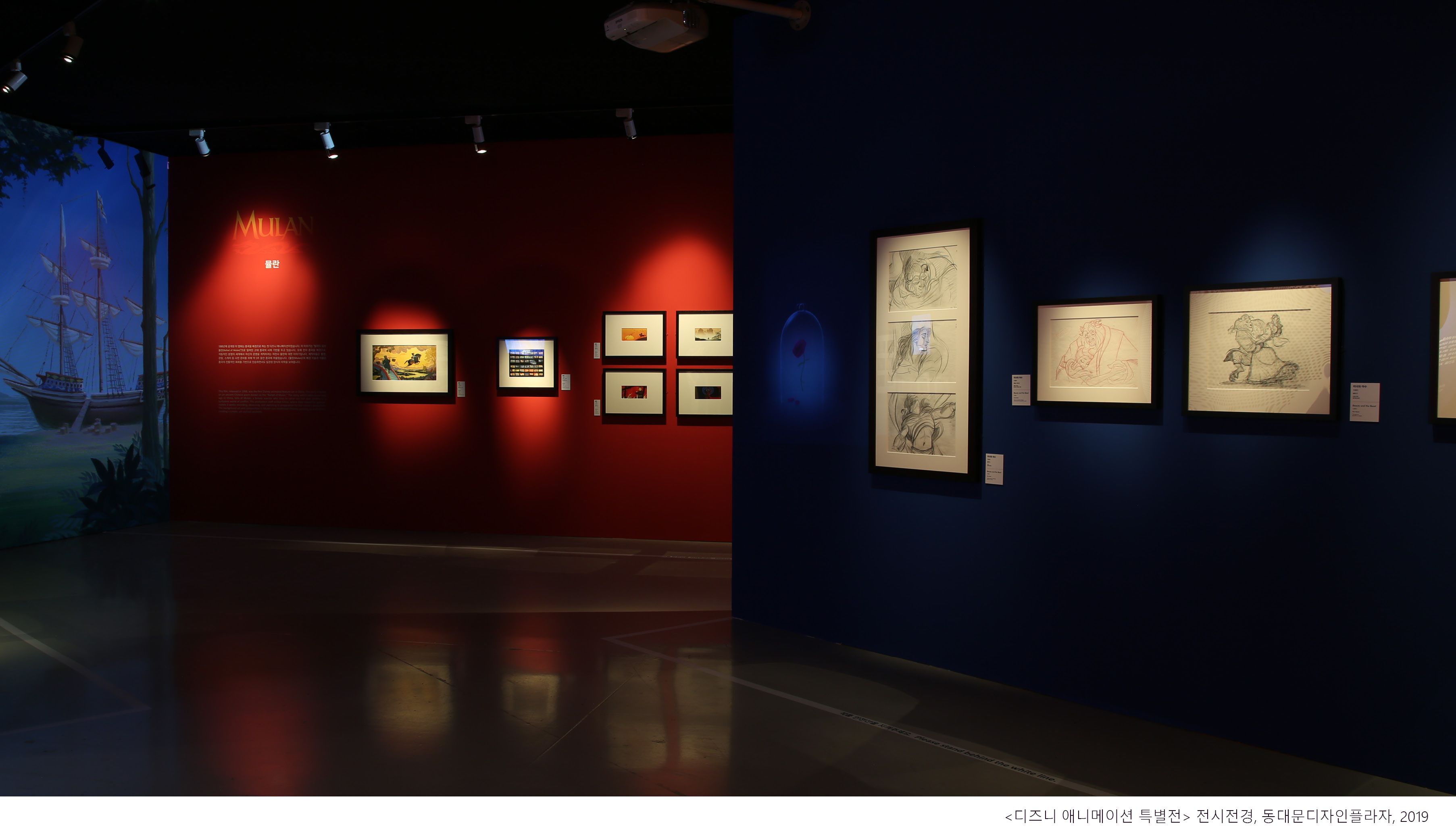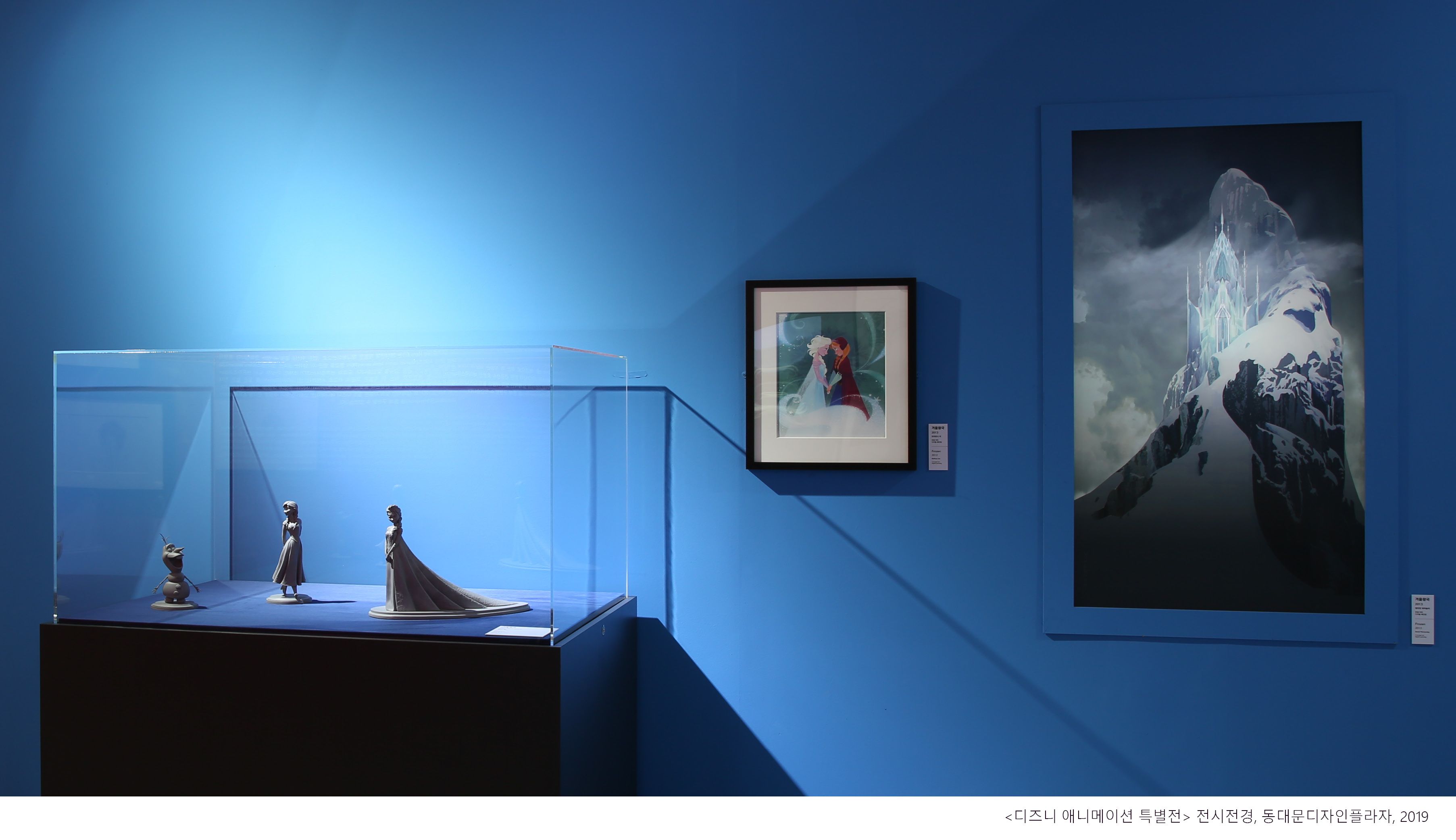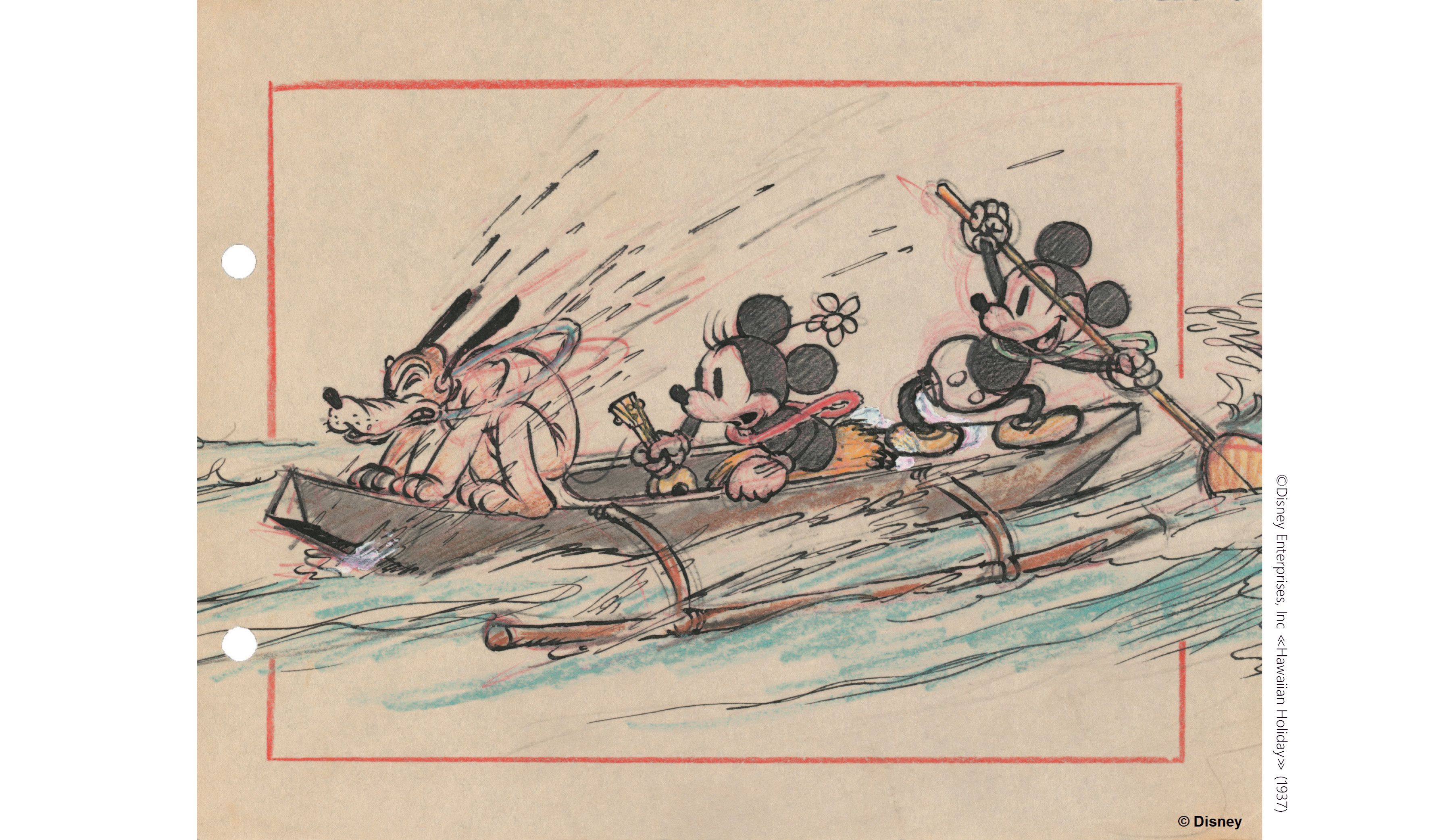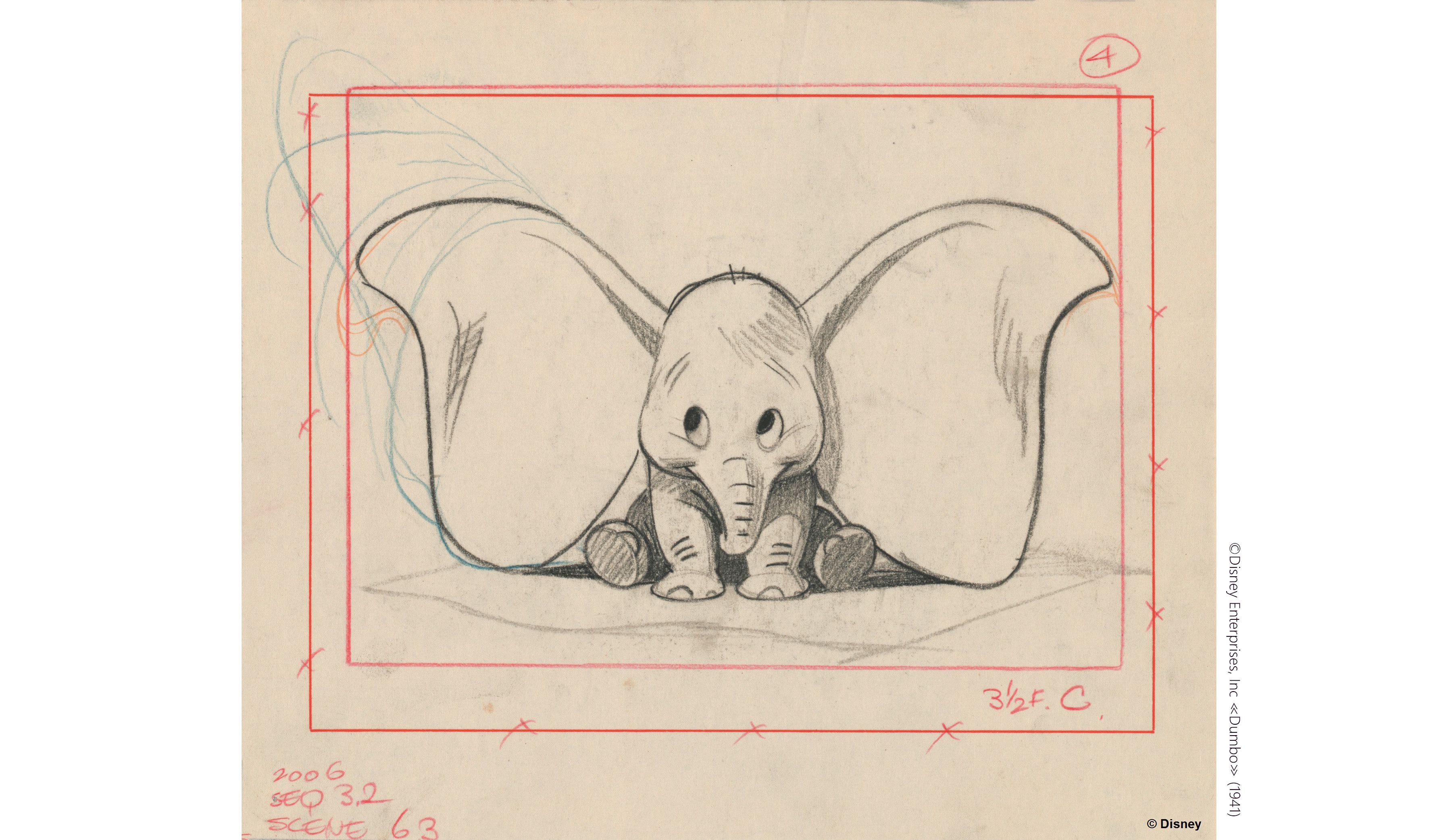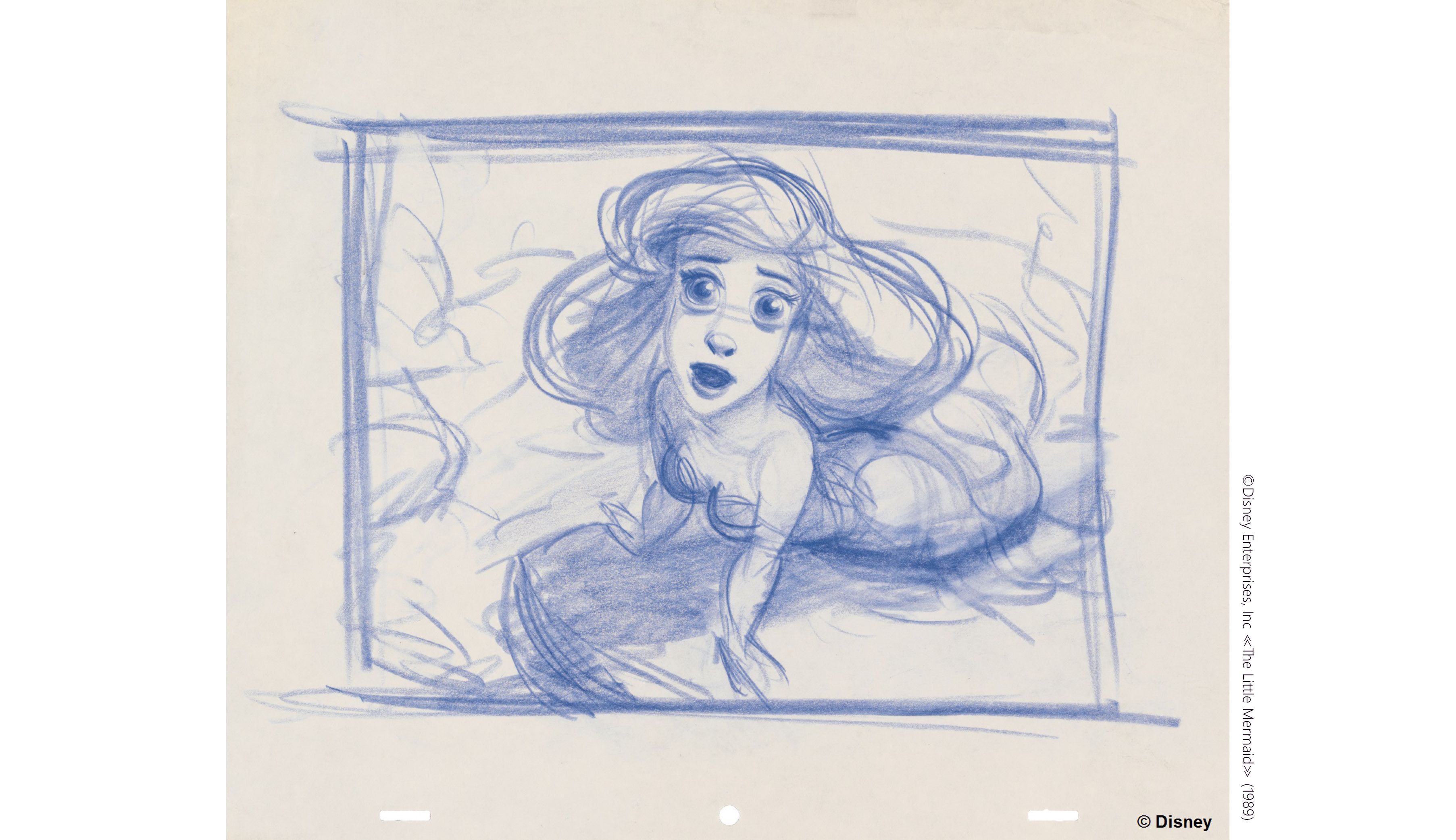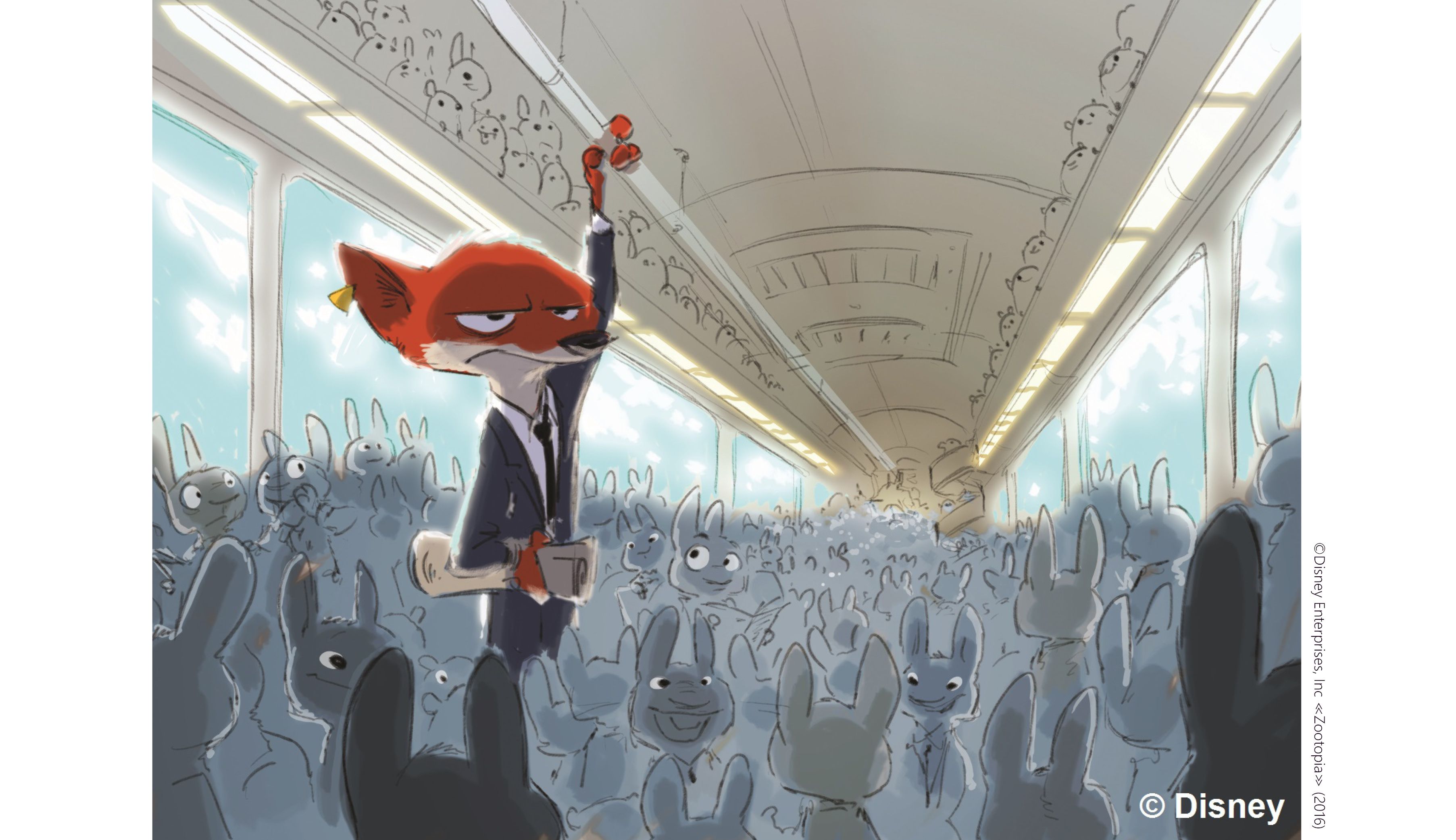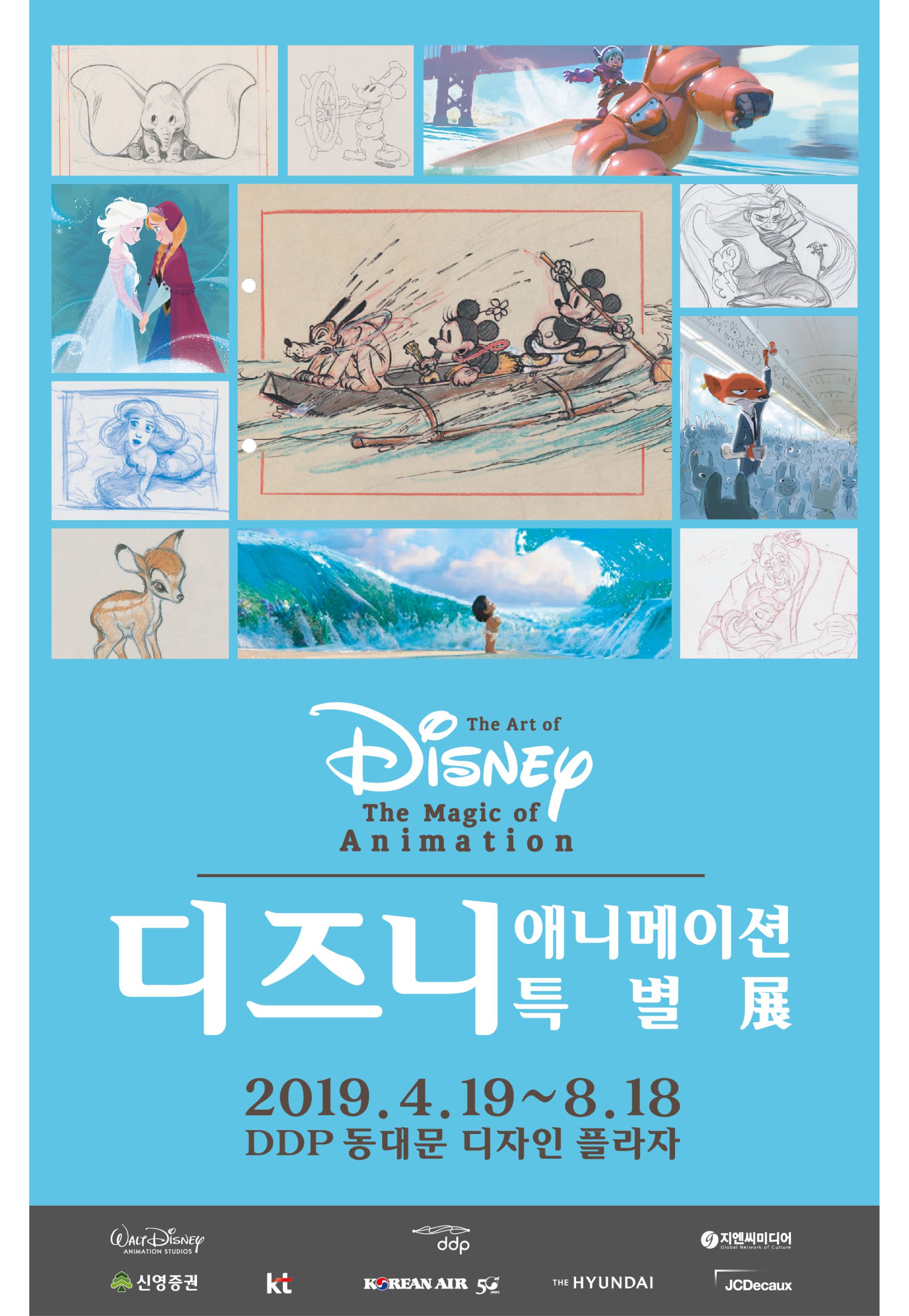The Art of Disney
: The Magic of Animation
Apr. 19. 2019 - Aug. 18.
DDP (Dongdaemun Design Plaza) – Design Exhibition Hall
The largest Disney art show held in Korea, displaying nearly 100 years of Disney’s animation history, from Steamboat Willie to Frozen 2. The exhibition will feature original drawings, paintings, sketches, concept art and behind-the-scenes materials.
"Animation can explain whatever the mind of man can conceive."
- Walt Disney -
Approximately 500 artworks including original hand drawings, concept artworks, and 3D mockups from Mickey Mouse, Pinocchio, and Dumbo, and other Disney classic animation, including the newest masterpieces from Tangled, Wreck-It Ralph, and Frozen will be showcased. The exhibition will give visitors a precious opportunity to see how Disney brought its most notable characters to life.
This exhibition will be a unique occasion to experience the philosophy of Disney animation and to discover its creators and the production history hiding behind the films. Many unrevealed artworks will be displayed for the first time in Korea alongside large-scale multimedia content created exclusively for the show.
This exhibition will be a unique occasion to experience the philosophy of Disney animation and to discover its creators and the production history hiding behind the films. Many unrevealed artworks will be displayed for the first time in Korea alongside large-scale multimedia content created exclusively for the show.
Composition
Section 1: Bringing Creatures to Life
Walt Disney’s attempts to realize his dreams began with the creation of a believable virtual world populated by vibrant characters. Disney gave life to the characters through the harmony of natural movements of characters and sound effects, creating innovation of animation technology with dynamic characters, never seen before.
Section 2: The Magic Begins
The success of Snow White and The Seven Dwarfs (1937), the world’s first feature-length cartoon film, led to the production of Pinocchio (1940), Fantasia (1940), Dumbo (1941), and Bambi (1942). To capture the rich and delicate movements of the animal characters and the beauty of nature, producers maintained precise observation and persistent research. Through days of development and hard work, the most realistic and lifeful animations of all time were created.
Section 3: Masters of Magic:
Disney Studios were full of talented artists, making a powerful production team. Mary Blair, Eyvind Earle, and veteran animators, in particular the Nine Old Men, expanded the worldview of Disney’s works by bringing different art styles and constructing a diverse and plentiful visual world of Disney animation.
Section 4: Toward New Dimensions:
In the 1990s, the innovation of digital technology has largely inspired the artists of Disney who were always craving for something new. The company gradually incorporated digital techniques, starting with CG, and pursued a presentation unique to digital methods. Collaborations with major musicians of the day and musical storytelling opened up a new possibility of Disney films.
Section 5: A New Era of Life
Disney has always wanted to produce works that are close to reality, respecting the diverse values of modern times and giving strong messages about the diverse values and the future world. The philosophy of Disney is bringing us into a new future, bringing life to everyone’s dreams and hopes for something new.
Section 5: A New Era of Life
Disney has always wanted to produce works that are close to reality, respecting the diverse values of modern times and giving strong messages about the diverse values and the future world. The philosophy of Disney is bringing us into a new future, bringing life to everyone’s dreams and hopes for something new.
Information
- Dates
- Apr. 19. 2019 – Aug. 18. 2019
- No closed day
- Location
- Design Exhibition Hall, 2nd Basement Floor of DDP (Dongdaemun Design Plaza) Museum
- Hours
- 10:00 ~ 20:00 (1-hour extension on Friday, Saturday and Sunday; until 21:00)
- Last entry and ticket sales close at 19:00
- Hosts
- Walt Disney Animation Studios, ARL, Seoul Design Foundation, GNC Media
- Supports
- SHINYOUNG SECURITIES, KT, Korean Air, The Hyundai Department, JCDecaux
- Docent Tours
- 11:00, 13:00, 15:00, 17:00 (4 slots a day)
- Only on Weekdays
-
- +82 02 325 1077(8)
- gnc@gncmedia.com
